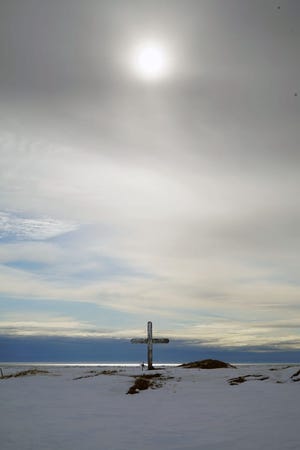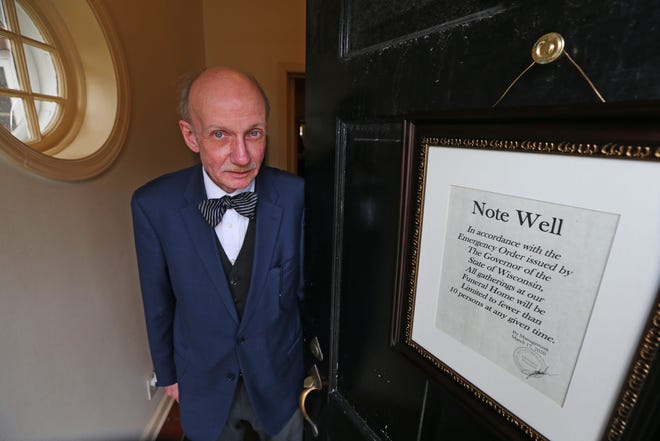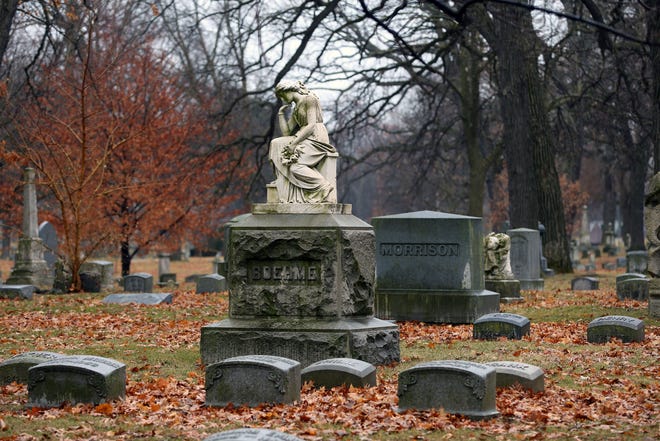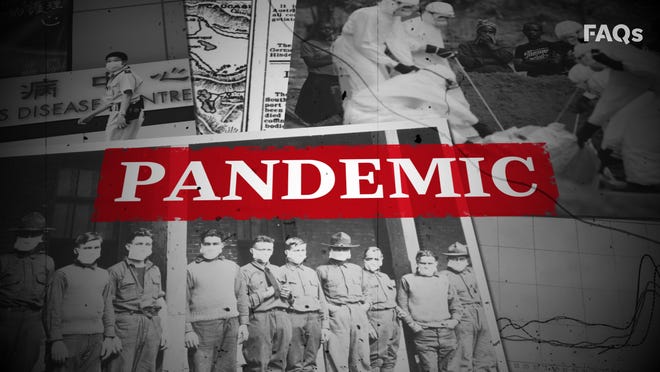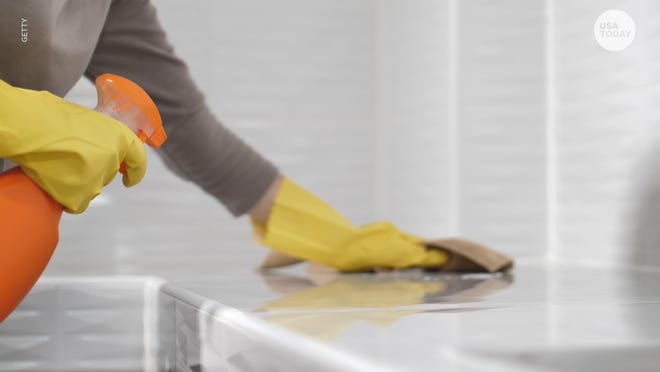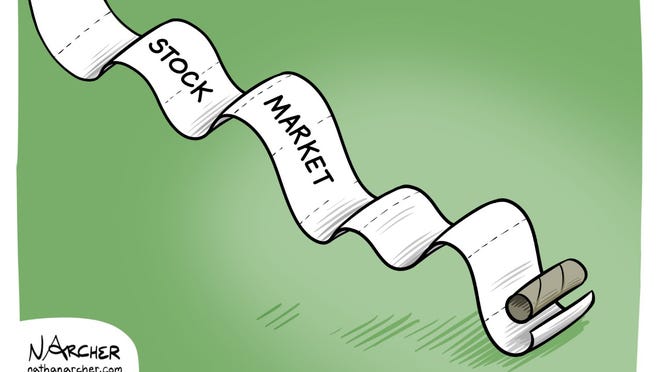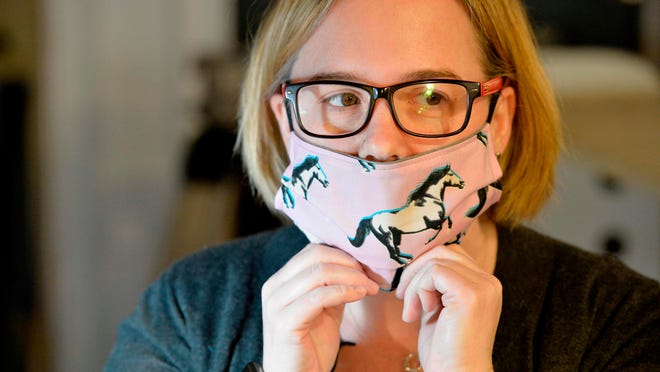Congress' $2 trillion coronavirus stimulus package
A visual guide to the cost of Congress plans for coronavirus stimulus package to send cash to Americans and help distressed industries, in graphics.

Javier Zarracina, Ledyard King, and Nicholas Wu, USA TODAY 3/24/2020
Feb. 24: The Trump administration proposes $2.5 billion to fight Coronavirus. The proposal includes money taken from existing programs, including funding to combat the Ebola crisis in 2015. Congress rejects that as far too small.
March 4: Congress passes $8.3 billion which includes:
Roughly $500 million to allow Medicare providers to administer telehealth services to assist elderly patients unable to leave their homes.
$2.2 billion for federal, state, and local public health agencies to prevent, prepare for and respond to the coronavirus.
$1 billion in loan subsidies to be made available to help small businesses, small agricultural cooperatives, small aquaculture producers, and nonprofit organizations.
More than $3 billion for research and development of vaccines, therapeutics and diagnostics to prevent or treat the effects of coronavirus
March 18: Congress passes Families First Coronavirus Response Act which is designed to cover:
Full cost of Covid-19 testing for all Americans, including those uninsured.
Two weeks of paid sick leave for workers at companies with 500 or fewer employees, or about 87 million Americans combined.
More than $1 billion to maintain federal nutrition assistance, such as subsidized lunches for low-income children, food banks, and meals for eligible seniors.
$1 billion to help states process and cover unemployment insurance claims.
What’s happening now:
Congressional leaders are negotiating a third stimulus package that could reach $2 trillion and include relief for major industries such as airlines, small businesses that have seen revenues dwindle or disappear, and workers facing layoffs and loss of health coverage.
GOP leadership proposal for next stimulus:
Direct payments of up to $1,200 for most individuals and $2,400 for most married couples filing jointly with an extra $500 for each child.
Waives penalties for early withdrawal from qualified retirement accounts for coronavirus-related purposes of up to $100,000.
Allows deferral of student loan payments and allows students who were forced to drop out of school due to coronavirus to keep their Pell grants.
Increases Medicare payments to hospitals treating a patient admitted with coronavirus.
Provides small businesses access to private bank loans equal to four months of expenses (payroll, rent, utilities, etc.) that would be covered by the federal government if they stayed open, maintained their workforce and paid their bills.
Provides a financial lifeline of several hundred billion dollars to industries hardest hit by crisis. Initial proposals called for help for passenger airlines (up to $50 billion), air cargo lines (up to $8 billion) and “other major industries" (up to $150 billion) severely impacted by government health restrictions to combat coronavirus. Companies receiving assistance would be barred from raising the pay of certain executives.
Provides tax relief to businesses by deferring tax payments, increasing deductibility for interest expenses and allowing immediate expensing of qualified property improvements, especially for the hospitality industry.
Provides small businesses access to private bank loans equal to four months of expenses (payroll, rent, utilities, etc.) that would be covered by the federal government if they stayed open, maintained their workforce and paid their bills.
Provides a financial lifeline of several hundred billion dollars to industries hardest hit by crisis. Initial proposals called for help for passenger airlines (up to $50 billion), air cargo lines (up to $8 billion) and “other major industries" (up to $150 billion) severely impacted by government health restrictions to combat coronavirus. Companies receiving assistance would be barred from raising the pay of certain executives.
Provides tax relief to businesses by deferring tax payments, increasing deductibility for interest expenses and allowing immediate expensing of qualified property improvements, especially for the hospitality industry.
Requires President Donald Trump invoke the Defense Production Act that can be used to order private companies to manufacture respirators, masks and other needed equipment.
Provides more workers the security of guaranteed paid family and medical leave
Give states nearly $40 billion to stabilize school funding and help colleges continue operating during the crisis.
Gives states billions in grant funding for states to help hold elections, including expansion of early, absentee and mail voting.
Protection for workers by increasing unemployment insurance and Medicaid.
More strings attached for financial loans to industry than Republicans are proposing to make sure bailouts aren't followed by layoffs. Banning companies that receive significant federal assistance from “buying back stock, rewarding executives and laying off workers.”
Protections for individuals facing eviction, foreclosure or forbearance because of the loss of employment due to coronavirus.
Ensures relief for the 44 million federal student loan borrowers.
What could happen:
Items potentially on table that have yet to generate broad support:
On Democratic side:
Minimum wage hike to $15
Cancel all student debt
Universal health care
Larger individual payments
Changes to targeted lending/bailouts
Democrats oppose loans to large corporations, especially those that bought back lots of stock
Aid for Americans to prevent utility shut-offs.
On Republicans side:
Bailouts of cruise lines, hospitality industry and others disproportionately affected by economic shutdown.
Payroll tax holiday

Originally Published 10:02 a.m. MDT Mar. 23, 2020
Updated 40 minutes ago


